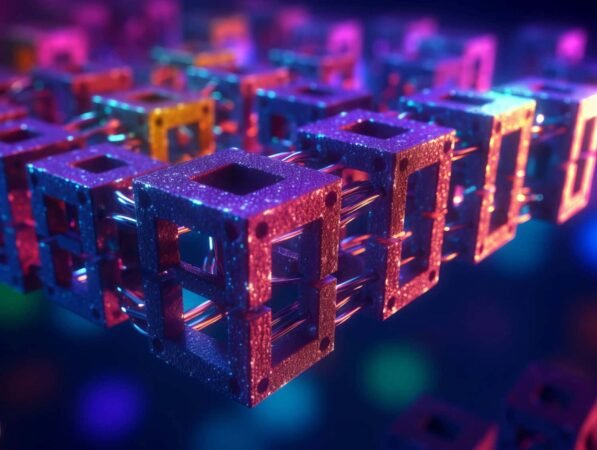Essential Insights
-
Breakthrough in Quantum Measurement: Physicists at ISTA developed a fully optical readout for superconducting qubits, significantly reducing the need for cryogenic hardware and potential heat generation during measurements.
-
Enhanced Scalability: This new optical approach could increase the number of usable qubits in quantum computing, addressing current limitations in superconducting quantum hardware scalability and performance.
-
Robust Communication Networks: The technology allows for the potential connection of multiple quantum computers through optical fibers, overcoming challenges posed by traditional electrical wiring and dilution refrigerators.
- Path Forward for Quantum Computing: While promising, the current prototype requires further development; however, it opens avenues for simple quantum computing networks and lays the groundwork for future advancements in the field.
When Qubits Learn the Language of Fiber Optics
In a groundbreaking development, physicists at the Institute of Science and Technology Austria (ISTA) have redefined how we can read superconducting qubits. Traditionally, these qubits rely on electrical signals, which have limitations in scalability and efficiency. However, ISTA’s researchers successfully achieved a fully optical readout using fiber optics. This innovation not only simplifies the measurement process but also has the potential to revolutionize quantum computing.
Co-first author Georg Arnold, a former PhD student in the Fink group at ISTA, highlighted the significance of this advancement. He stated, “This new approach might allow us to increase the number of qubits so they become useful for computation.” Furthermore, it paves the way for a network of superconducting quantum computers connected through optical fibers at room temperature.
Optics offer clear advantages over traditional electrical signals. Electrical systems struggle with low bandwidth and high heat dissipation. They also require bulky cryogenic components to maintain low temperatures. Conversely, optical signals travel through fiber with minimal losses, resulting in higher bandwidth and efficiency. This makes fiber optics ideal for connecting quantum systems, yet translating these signals for qubits posed a significant challenge.
The ISTA team utilized an electro-optic transducer to bridge the gap between optical signals and microwave frequencies that qubits can understand. Co-first author Thomas Werner mentioned the complexity of this process, emphasizing that they accomplished this without disrupting the superconducting state of the qubits.
Their innovation reduces the heat load experienced during measurements, a key hurdle in scaling quantum operations. Arnold noted, “Our technology can decrease the heat load of measuring superconductive qubits considerably.” By minimizing the reliance on cumbersome electrical components, the team Americanized a more efficient and cost-effective system.
Furthermore, this technology could significantly increase the number of superconducting qubits in use. Researchers now envision connecting multiple quantum computers using light, a feat that has remained a theoretical goal until now. Arnold remarked on the feasibility of linking qubits across separate dilution refrigerators, which traditionally limited the number of usable qubits due to space and cooling requirements.
Despite the encouraging results, the team acknowledges that more work lies ahead. Their prototype has performance limitations, particularly concerning optical power. Nevertheless, this achievement marks a pivotal moment in superconducting quantum hardware development. The successful optical integration of qubits signals a future where building extensive quantum computing networks becomes a reality.
Overall, this research demonstrates clear potential for unmatched advancements in quantum computing. As further developments unfold, the possibility of treating qubits as optical entities could transform not just quantum technology, but also redefine our understanding of computing itself.
Expand Your Tech Knowledge
Explore the future of technology with our detailed insights on Artificial Intelligence.
Explore past and present digital transformations on the Internet Archive.
QuantumV1
https://www.techexplorist.com/qubits-learn-language-fiberoptics/96907/#utm_source=rss&utm_medium=rss&utm_campaign=qubits-learn-language-fiberoptics

